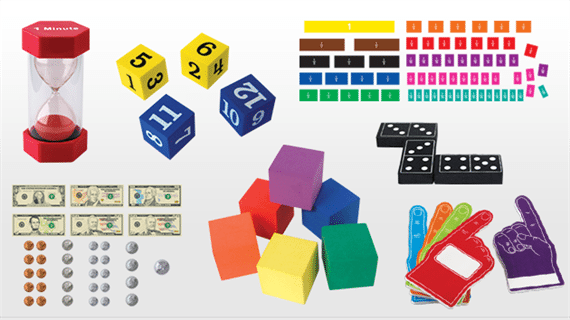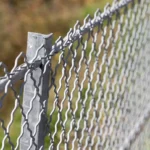Much of early elementary mathematics centers on life skills. Can students add, subtract, tell time, and measure objects? These foundational lessons are significant. They’re important in getting to work on time, making budgets, and completing household projects. Without this knowledge, students might struggle in other classes and with critical thinking decisions.
Parents can assist in developing this information by turning many of the abstract concepts into something tangible. They can make use of multiplication chart to make it simple for them. For some kiddos, that transition is important in retaining and understanding the material. By using educational manipulatives, the at-home practice may become fun and productive. Here are five lessons to try.
1. Spelling Tiles
A set of letter tiles makes learning phonics patterns and spelling more tactile. Get rid of the pencils and start to make it a game. For younger children, pick a sound such as “-an.” Ask kids to play with the different consonants, placing them in front of the letters. Your little ones gain recognition in word families.
Read Also: Steps to Successfully Plug Into a School Laptop Program
For those in high grades, provide a long word. Then, pull out smaller words from it, rearranging the tiles as needed. This exercise encourages play and allows the eyes to begin to see things that aren’t readily present. The tiles can also be used for an alternate spelling test practice assignment.
2. Geometric Magnets
Teachers not only encourage shape recognition, but they also emphasize combinations, patterns, and fractions. Geometric magnet tiles can be moved around so that students witness how many triangles create a square, octagon, or hexagon. Count up angles and sides. The area is completed in the third and fourth grades. Put together an array using the toy; then, calculate the area of the shape by adding up the tiles.
3. Clocks
The change in the smaller hand can be hard for some youth to grasp. Why would it shift as the hour progresses? Review the time curriculum. Then, practice some problems, particularly showing how the two hands function. Then, practice counting by fives to discuss the minutes. Ensure they understand that there are only 60 minutes on the clock.
4. Sticks and Cubes
Change up your addition and subtraction fact review. Grab some cube and stick tiles. Sticks equal “tens,” and cubes act as “ones.” Set out different problems, and use the textiles to assist in solving them. The visual cues may just make it easier to see how carrying-over works.
Paper, pencil, and rote practice are still valuable tools; however, mixing it up may just transform something tedious into something enjoyable. Visual and kinesthetic children might benefit from a more hands-on approach.







